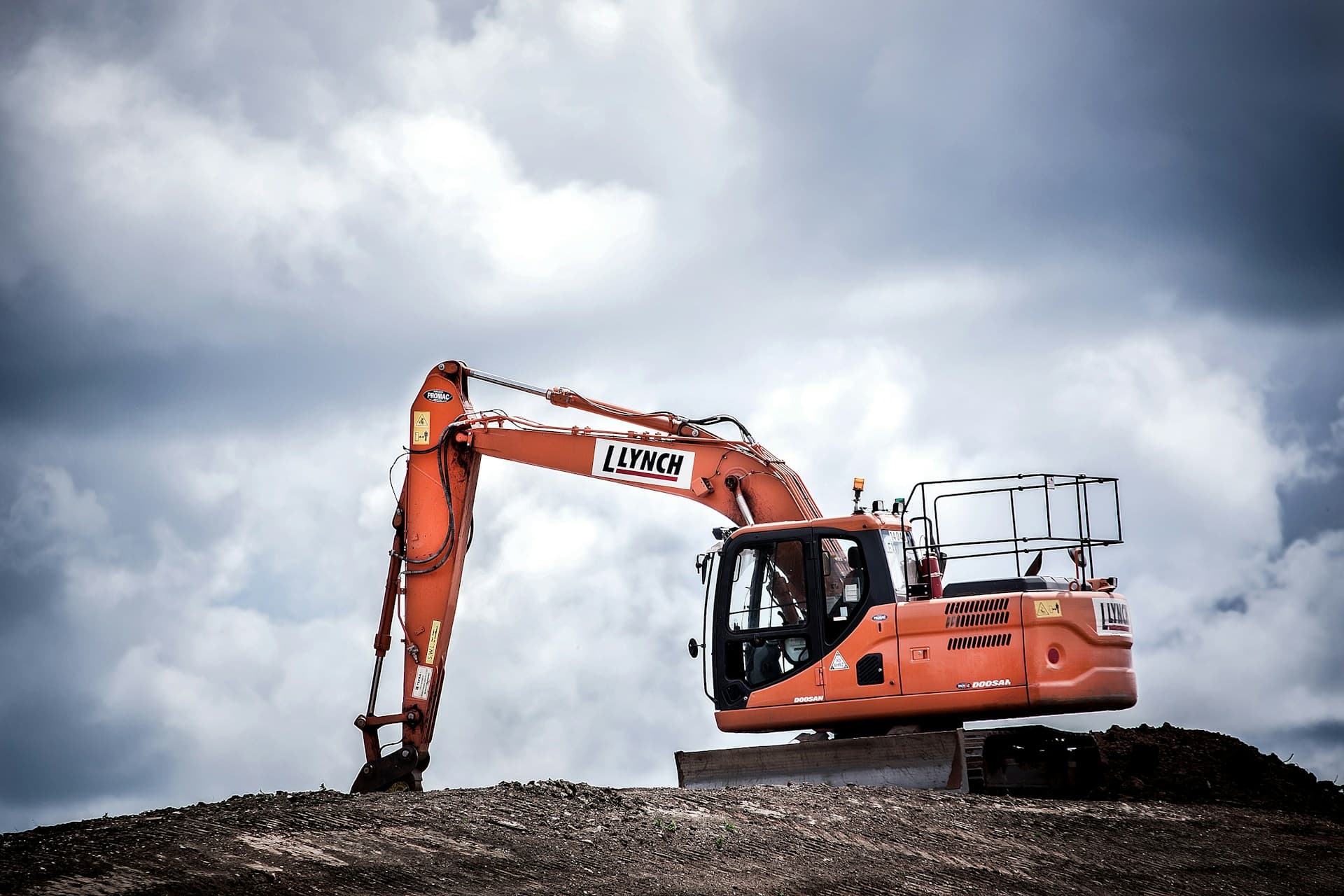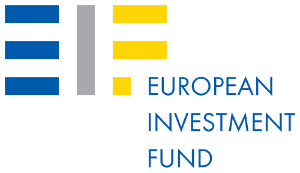Smart Asset Management Software in Construction
Amongst all industries, there is a constant desire to move away from manual processes and slowly implement digitizing processes. The Internet of things (IoT) is the interconnecting web of physical objects or things with software, sensors, and other forms of connecting and sharing data with different gadgets and smart devices through the internet. One way the construction industry can digitize is through asset management software. Asset management in construction is the ability to manage and monitor all of the items of value to the company and for the project real time dashboard. There are a lot of moving parts in a construction job, from the initial blueprints of the project to the final handing over ownership of the project to the company that hired your business. With technology changing at a rapid rate, and stricter building regulations being put into place, it is important to have the right asset management processes and policies in place.
Why is Smart Asset Management Software in Construction Important?
In the Construction industry, IoT is used to increase connectivity and collaboration. Data collection and sharing via smart devices, and automation are the core of IoT. Smart asset management software in construction is important for construction companies because it helps provide the company the benefits that keep it running at peak efficiency. Information of Things via smart devices through asset management software, will undoubtedly increase data gathering and sharing, higher connectivity levels would help companies save costs and valuable time by improving productivity, efficiency, and management.
Benefits of Using Smart Asset Management Software in Construction
You get a clear insight of the life cycle and costs of all your assets
Smart asset management softwares can help businesses stay organised. Monitoring businesses tools/equipment, where they are and what type of condition they are in gives businesses a clearer picture of costs, e.g. costs to operate, maintenance/repairs or even replacement costs. Having a tracking system of assets life-cycle, helps businesses to stay one step ahead of any problems.
It reduces the risk of theft while at the construction site
According to a survey by the Chartered Institute of Building, the construction industry is a prime target for thefts, especially by organized gangs. With the attempt to reduce theft and improve the security of construction sites, it is suggested for businesses to track all assets. From large pieces of equipment down to the smallest smart devices.
You know where your construction assets are at all times
Smart asset management software allows tracking assets, smart devices that are being transported to and from, between job sites and assets that are left overnight at job sites very simple and easy.
You get a manageable way to maintain and repair your equipment
For construction businesses to be profitable, all assets need to be working at peak efficiency. Smart asset management provides logging processes to track repairs, equipment to be turned up, or replaced. This results in a decline in abrupt downtime due to equipment failures, which also saves businesses a lot of money.
You provide your employees with a safe working environment and meet compliance metrics
In order to meet performance and safety standards businesses need to keep assets optimized, by maintaining assets to help reduce the risk of safety hazards and incidents to employees on work sites.
Smart Asset Management Software
A smart asset management software digitizes asset information, automating actions, tracking history and streamline reporting with an asset management software platform. All information is kept in one place, structured and easily accessible. Businesses are able to automate recurring tasks, track important dates, and respond fast to unscheduled issues. Furthermore, identify trends, analyse lifecycle data, and can improve asset performance.
Keeping asset information organized and structured is critical. Asset management softwares can build this structure easily, by creating asset categories and custom properties. Assigning them to locations, companies, and staff and uploading any kind of related documents. Import can be done automatically through excel files or connection with 3rd party systems.
Smart asset management software aids with efficiently marking unique assets, producing unique QR codes per asset or uploading their barcodes to the system. Easy accessibility of scanning these codes via smart devices to retrieve the correct information and avoid false data entry.
Another layer of automation can be achieved using sensors on assets that can track proximity, location, temperature and other parameters. Information collected via the software enables real time monitoring of the asset condition, current location as well as working hours. Alerts and automated tasks can be created based on pre-defined tolerances and users can be notified of all changes. For example, an asset is outside a geofence, if temperature reaches a specific level or even when the number of working hours recorded reaches a predefined number.
Digitizing asset management information is beneficial with managing issues timely and efficiently. In case of an unexpected issue, authorized staff can create corrective tasks, assign them to team members and follow up on any progress. All issues can be classified and monitored through a central dashboard.
Most importantly, digitizing asset information is better for the environment, due to eliminating paper forms. An asset management software provides the ability to create digital copies of paper forms, with a few drags and drops. All staff members can collect data directly from their smartphone or tablet, even when there is no internet connection. Digital forms allow the collection of rich information, such as photos and barcodes scanning.



